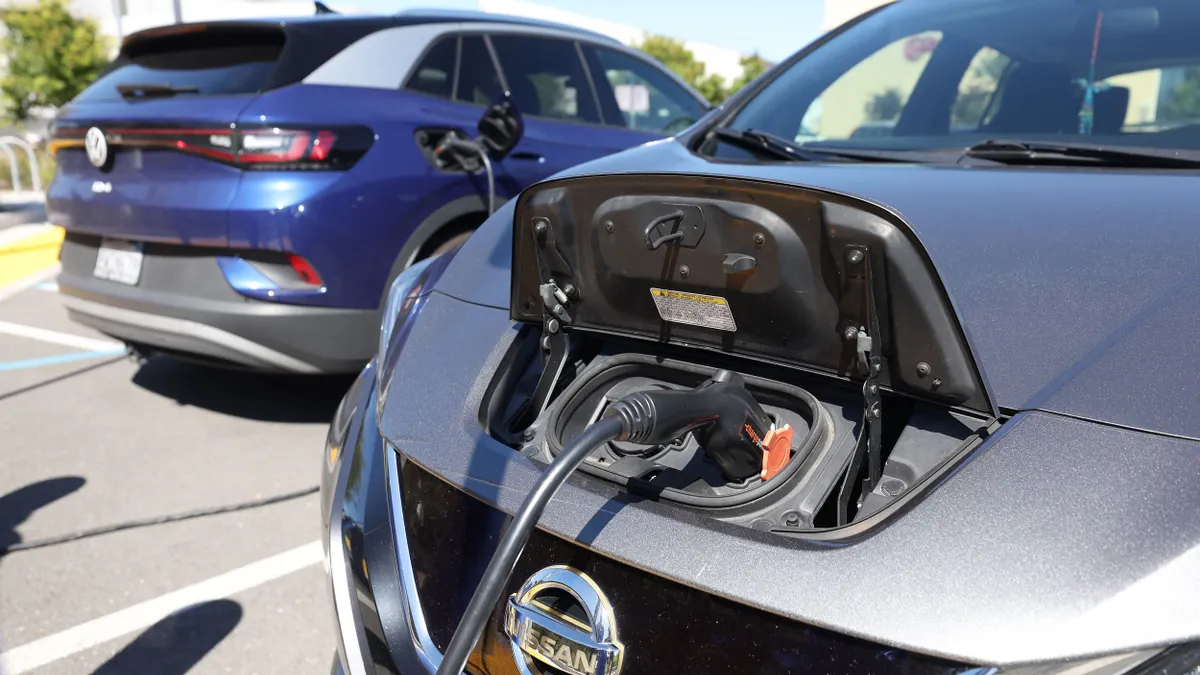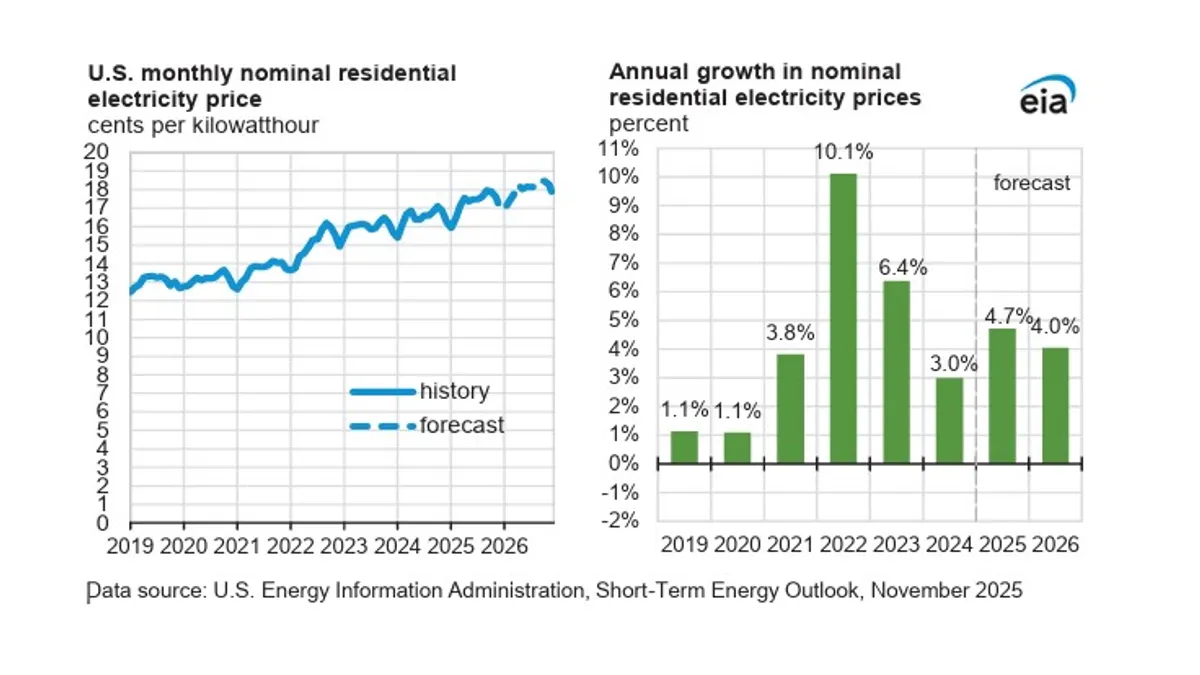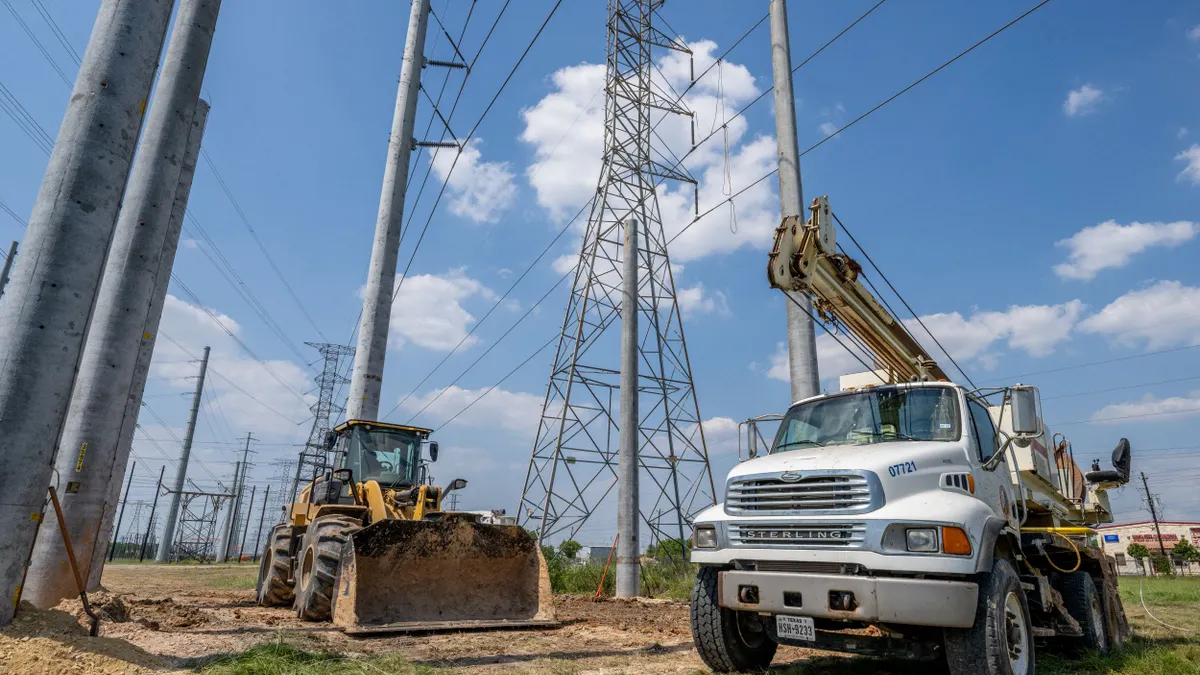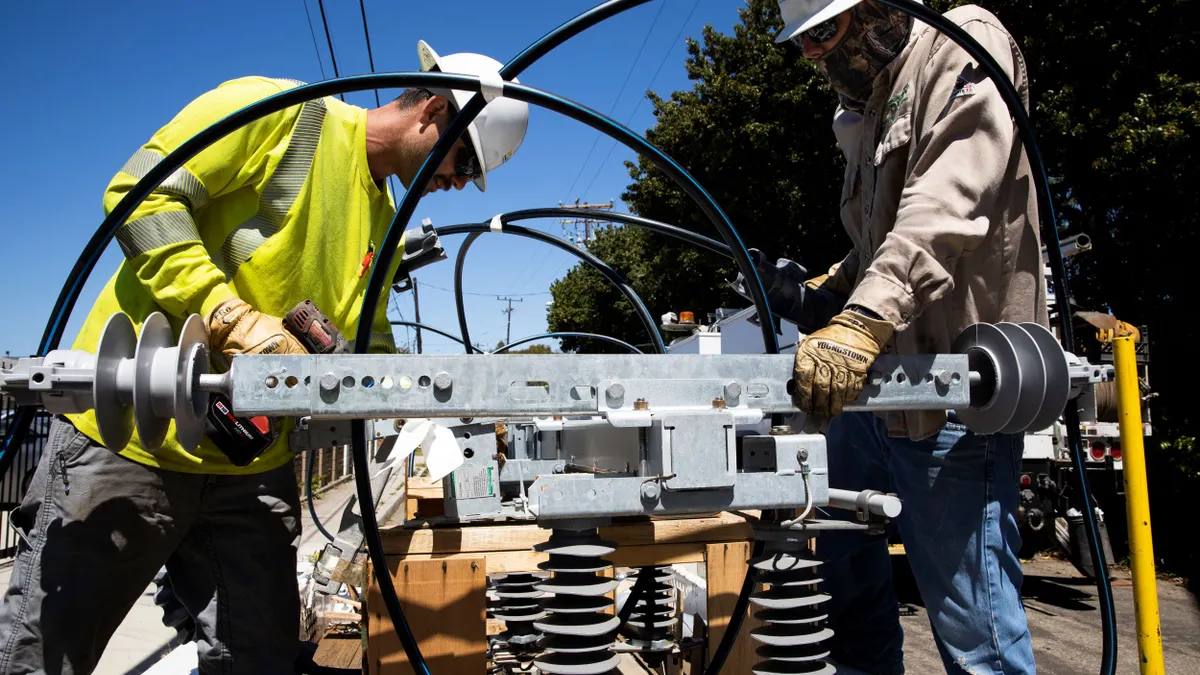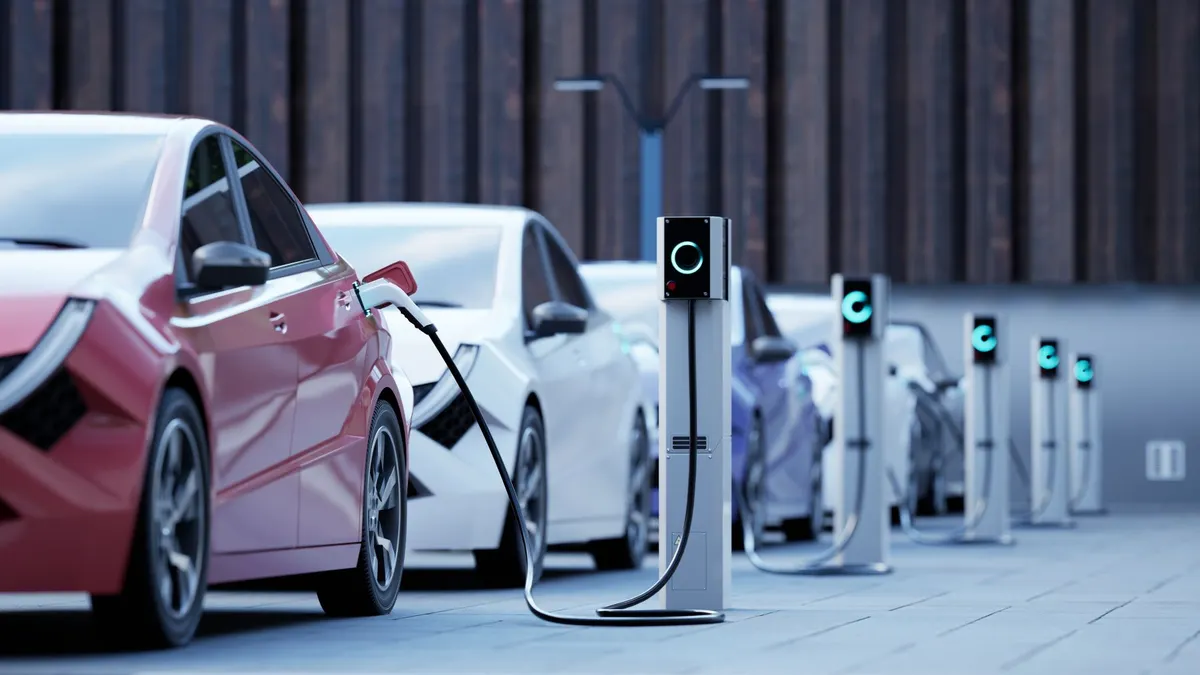Becky Li is a manager and Joe Daniel is a principal at RMI.
The U.S. power system is entering an era of load growth unlike anything seen in decades. Data centers, new manufacturing facilities and the rapid adoption of electric vehicles and heat pumps are driving up demand in electricity use, which could reshape the grid for generations.
Load growth represents both opportunity and risk. If utilities invest proactively and get cost allocation correct, the shift could deliver cleaner air, new economic development and — counter to common fears — lower average electricity costs. But if planning and cost allocation lag behind the pace of change, ratepayers could be saddled with higher bills and widening inequities in who benefits, even as cheaper and cleaner options dominate.
To seize the upside and protect consumers, the industry must address a deceptively simple question: Who pays, and when?
Electrification can lower costs — under the right conditions, and if we plan ahead.
A growing body of evidence shows that widespread residential electrification, when paired with thoughtful planning, can actually reduce average rates. But only under the right conditions.
When technologies such as electric vehicles and electric heat pumps increase electricity sales faster than they increase system costs they create a “beneficial electrification” dynamic that can spread fixed infrastructure costs across more kilowatt-hours, creating economies of scale that lower rates for everyone.
A series of analyses by Synapse Energy Economics found that EV adoption can reduce average electricity rates in many states by generating substantial new revenue while requiring only modest grid upgrades. The California Public Advocates Office reached similar conclusions, noting that EV drivers’ contributions to the grid exceed their distribution costs. New York’s Con Edison has also documented early evidence of these system-wide savings in filings before the state’s Public Service Commission.
And it’s not just vehicles. Heat pump adoption shows comparable benefits when paired with demand flexibility and managed load strategies that help utilities balance supply and demand. In these cases, electrification creates a virtuous cycle: as adoption rises, average system costs (in cents per kilowatt-hour) fall — further improving the household economics of even more residential electrification.
However, realizing these benefits isn’t guaranteed and depends on how and when utilities make investments, and how the resulting costs and savings are distributed among customer groups.
The overlooked complexity of cost allocation
Despite the promising economics of electrification, the timing of cost recovery and design of cost allocation will determine if electrification either exacerbates existing energy affordability issues or serves as a vehicle for a more affordable energy future.
Many studies focus narrowly on distribution upgrades, leaving out impacts of generation and transmission costs. That omission obscures the true picture of ratepayer impacts and risks.
RMI research underscores the stakes at play here. Our analysis found that long-term rate reductions from low-cost renewable generation were the primary driver for rate reductions, exceeding the benefits from increased grid efficiency (spreading grid fixed costs over more sales). Moreover, if utilities spread infrastructure costs uniformly across all customers — regardless of who benefits or when benefits accrue — new load may not pay their fair share and be cross-subsidized by families not benefiting from electrification. This nuance means that only under cost allocation frameworks that align costs with benefits would all families benefit from residential electrification.
Modernizing regulatory practices
Currently, most cost allocation decisions occur late in the regulatory cycle — typically in rate cases long after investments are made. Front-loading cost allocation discussions during resource planning or even before utilities file investment proposals could yield significant benefits. Early engagement allows stakeholders to assess proposed investments against shared criteria for need, benefit and fairness. This transparency reduces uncertainty, streamlines approvals and ensures that customers aren’t surprised by rate impacts after the fact.
Several states are already showing what this can look like in practice. Minnesota and Massachusetts are developing proactive grid planning and cost allocation frameworks to address interconnection delays and affordability concerns.
Minnesota’s Public Utilities Commission adopted a collaborative, modular approach emphasizing “cost-causer pays,” fees that scale with capacity, and are addressing customer protections in concurrent affordability dockets.
Massachusetts’ Department of Public Utilities is advancing a long-term system planning program with a proposed proactive hosting-capacity fee to replace the “last-in-line pays all” model. While it aims to distribute upgrade costs more equitably, stakeholders stress the importance of strong cost caps, annual bill impact limits and safeguards against overbuilding to protect ratepayers.
These examples illustrate how early, structured conversations can promote fairness and affordability in the process of grid modernization — rather than bolting them on as afterthoughts.
As utilities race to meet rising demand the stakes of getting cost allocation right have never been higher. For many, affordable energy bills in the future may be impossible if cost allocation isn’t done right.
That means confronting hard questions now about who pays and when, rather than leaving those debates for later rate cases. On the flip side, electrification has the potential to be an engine of affordability — if we modernize planning and regulatory practices to match the scale of change. Cost allocation is the key to ensuring that the benefits of electrification reach everyone, not just those who can afford to move first.


